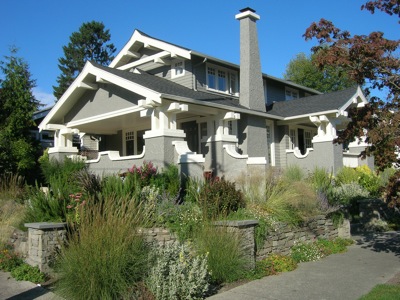The Antiplanner is obviously not doing his job or Popular Science magazine would not have named Portland the nation’s “greenest city.” As befitting the “science” in its name, the magazine arrived at this conclusion quantitatively. But as befitting the “popular” in its name, it seems to have skewed the data to arrive at a predetermined outcome.

PopSci, which once featured fantastic visions of the future promising, among other things, propellor-driven automobiles, propellor-driven trains, and propellor-driven snowmobiles, now takes a grim view of the future that demands we all “green up” by reducing our mobility and energy consumption. The magazine relied on four criteria for its rankings: the percentage of electricity that comes from renewable resources, the percentage of workers who don’t drive, the number of buildings certified as “green,” and how comprehensive the city’s recycling program is. The first two were given twice the weight of the second two.











